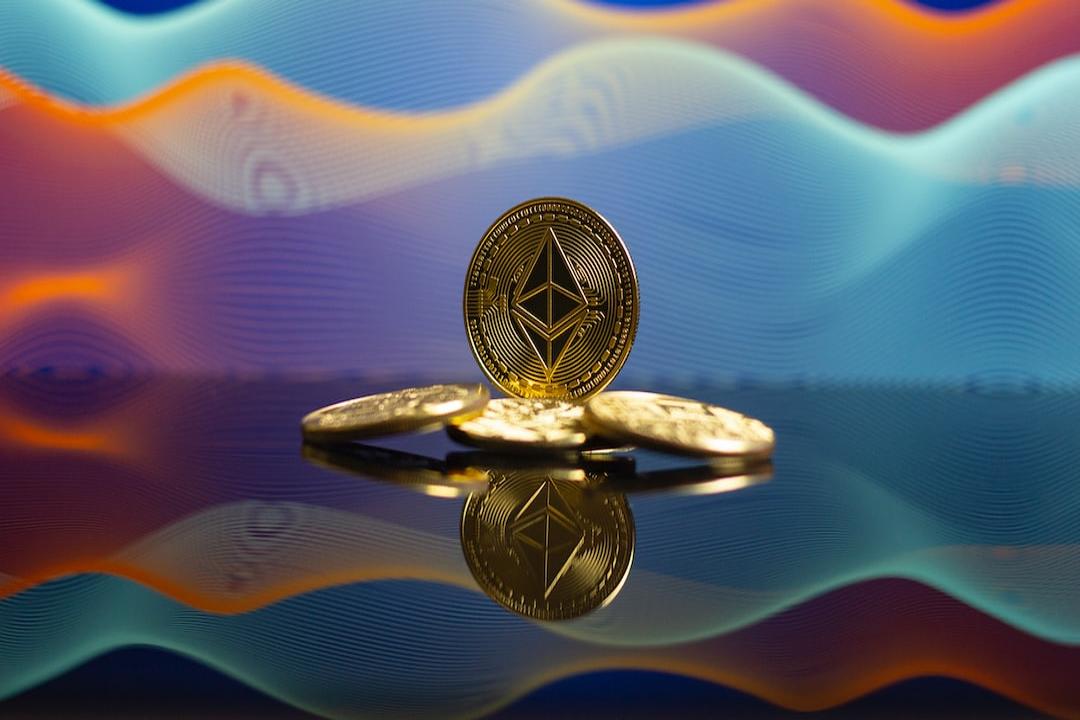The success of credit cards stems from their convenient payment experience and widespread public usage. This article explores how stablecoins can learn from this experience to establish a robust system and achieve stablecoin payments in the global market. The content is derived from an article by Variant and compiled by Foresight News.
(Background Information:
VISA: Stablecoins are sweeping the real world, with a projected settlement amount of $5.2 trillion in 2024.)
Table of Contents
What similarities exist between credit card networks and stablecoins?
Where does the analogy begin to diverge?
Forward-looking thoughts: Where might opportunities arise?
Stablecoins are the most transformative payment form since credit cards. They change the way funds flow. With low cross-border transfer fees, near-instant settlement, and access to widely demanded currencies globally, stablecoins have the potential to iterate on today’s financial system. For institutions that hold and support digital assets in USD deposits, stablecoin operations can also present significant profit opportunities.
Currently, the global supply of stablecoins has exceeded $150 billion. Five stablecoins have a circulation of at least $1 billion: USDT, USDC, DAI, First Digital USD, and PYUSD. I believe we are moving towards a world with more stablecoins, where every financial institution will issue its own stablecoin.
I have been contemplating the opportunities presented by this growth. My conclusion is that observing the maturation process of other payment systems—particularly credit card networks—may provide us with answers.
For consumers and merchants alike, all stablecoins should feel like USD. However, in reality, each stablecoin issuer handles USD differently—stemming from varying issuance and redemption processes, reserves supporting each stablecoin supply, differing regulatory environments, frequency of financial audits, and so on. Addressing these complexities will be a tremendous opportunity.
We have seen a similar situation in the credit card sector. Consumers use assets that are nearly equivalent to USD but are not fully interchangeable (they are USD loans, but these loans are not interchangeable due to differing credit scores).
Networks like Visa and Mastercard are responsible for coordinating the payment process within the system. The stakeholders in both systems (or those who may ultimately become stakeholders) look very similar: consumers, consumer banks, merchant banks, and merchants.
A hypothetical example may help interpret the structural similarities of the network.
Suppose you dine at a restaurant and pay the bill with a credit card. How does your payment reach the restaurant’s account?
Your bank (i.e., the credit card issuer) authorizes the transaction and sends the funds to the restaurant’s bank (known as the acquiring bank).
A clearing network—such as Visa or Mastercard—facilitates the exchange of funds and charges a small fee.
The acquiring bank then deposits the funds into the restaurant’s account, deducting a certain processing fee.

Now, suppose you want to pay with a stablecoin. Your Bank A issues stablecoin AUSD, while the restaurant’s Bank F uses FUSD. Although both stablecoins represent USD, they are different. The restaurant’s bank only accepts FUSD. How does the payment in AUSD convert to FUSD?
This process closely resembles the flow in a credit card network:
The consumer’s bank (the bank issuing AUSD) authorizes the transaction.
A coordination service facilitates the conversion from AUSD to FUSD and may charge a small fee. There are at least several potential methods for this conversion:
– Path 1: Use a decentralized exchange to swap between stablecoins. For instance, Uniswap offers many such liquidity pools, with fees as low as 0.01%.
– Path 2: Convert AUSD to USD deposits, then deposit those USD into the acquiring bank, which issues FUSD.
– Path 3: A coordination service performs net settlement of funds through the network, which may require a certain scale to implement.
3. FUSD is deposited into the merchant’s account, possibly minus a processing fee.

The content above illustrates what I perceive as the clear similarities between credit card and stablecoin networks. This also provides a framework for thinking about when stablecoins may begin to significantly upgrade and, in certain aspects, surpass credit card networks.
First is cross-border transactions. If the scenario above involves a U.S. consumer paying at an Italian restaurant, desiring to pay in USD while the merchant wishes to receive EUR, existing credit cards may charge fees of up to 3%. In contrast, swapping stablecoins on a DEX may incur fees as low as 0.05% (a difference of 60 times).
Applying this scale of fee reduction to widespread cross-border payments makes the productivity gains that stablecoins can bring to the global GDP quite evident.
Second, there is the payment flow from businesses to individuals. The time between payment authorization and actual fund departure from the payer’s account is very quick: once the funds are authorized, they can leave the account immediately. Instant settlement is both valuable and anticipated.
Moreover, many companies have a global workforce. The frequency and amount of cross-border payments may far exceed the everyday transactions of ordinary consumers. As the workforce continues to globalize, this will provide strong momentum for the field.
If the analogy between network structures holds any reference value, it may reveal areas where entrepreneurial opportunities could arise. In the credit card ecosystem, leading companies have developed from aspects such as payment coordination, issuance innovation, and form factor support. A similar situation may arise for stablecoins.
The previous examples primarily describe the role of payment coordination, as the flow of funds itself is a massive business. Visa, Mastercard, American Express, and Discover each have market capitalizations of at least tens of billions, totaling over $1 trillion. The ability of these credit card networks to maintain balance in the market indicates that competition is healthy and that the market is large enough to support major enterprises.
It is reasonable to speculate that a similar competition will also arise in the stablecoin coordination space within mature markets. The development of stablecoins currently has only a 1 to 2-year infrastructure build-out period, leaving ample time for startups to seize this opportunity.
“Issuing stablecoins” is also an innovative field. Similar to the popularity of business credit cards, we may see an increasing number of companies wanting to have their own stablecoins. Mastering the payment unit enables companies to gain greater control over end-to-end accounting processes, from expense management to handling foreign taxes.
These could become direct business lines for stablecoin coordination networks, but may also present opportunities for entirely new startups (like companies such as Lithic). The byproducts of corporate demand may spawn more new businesses.
“Issuing stablecoins” can also become more specialized. For example, in credit cards, many allow customers to pay upfront fees to achieve better reward structures, such as Chase Sapphire Reserve or AmEx Gold. Some companies (typically airlines and retailers) even provide their proprietary credit cards. If similar stablecoin reward tier experiments emerge, I would not be surprised. This too could open new pathways for startups.
All these trends drive each other’s growth. As the forms of issuance diversify, the demand for payment coordination services will also increase. As coordination networks mature, they will lower the market entry barriers for new issuers. These present enormous opportunities, and I genuinely hope to see more startups enter this field. In the long run, it will be a multi-trillion-dollar market capable of accommodating multiple large enterprises.

Related Reports
Understanding the realities and challenges of the stablecoin “trilemma.”
Bored in a bull market? Here are five “high-yield stablecoins” to keep your funds active.
Countdown to the launch of Ripple’s stablecoin RLUSD: Will Ripple spend heavily on subsidies to kick off a customer acquisition battle?


